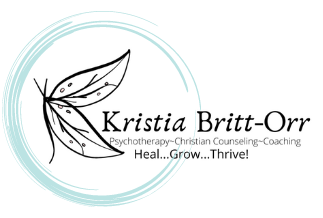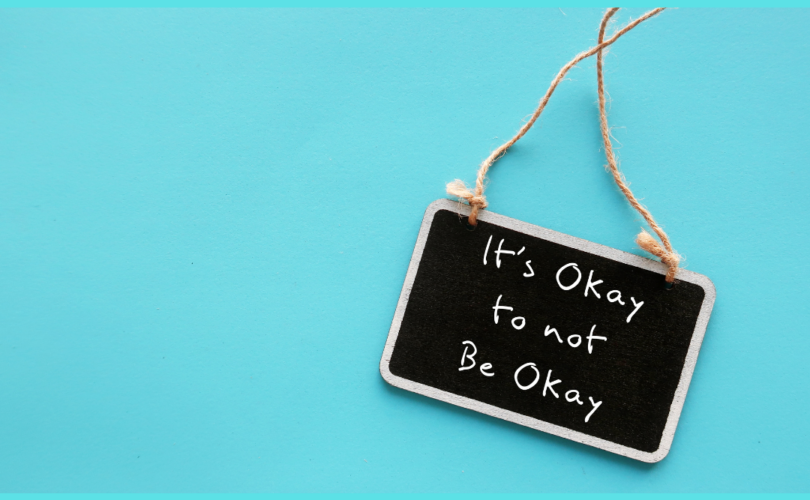Post-Traumatic Stress Disorder (PTSD) is a mental health condition triggered by experiencing or witnessing a traumatic event. This could include natural disasters, serious accidents, acts of violence, or other life-threatening situations
Symptoms of PTSD
PTSD symptoms are generally grouped into four categories: – Symptoms and causes
1. Intrusive Memories: Unwanted, distressing memories of the traumatic event, reliving the event through flashbacks, and upsetting dreams.
2. Avoidance: Trying to avoid thinking or talking about the traumatic event, and avoiding places, activities, or people that remind you of the event.
3. Negative Changes in Thinking and Mood: Negative thoughts about yourself, others, or the world, ongoing negative emotions, feelings of detachment, and loss of interest in activities.
4. Changes in Physical and Emotional Reactions: Being easily startled, always being on guard for danger, self-destructive behavior, and trouble sleeping.
Managing PTSD
Managing PTSD often involves a combination of treatments:
1. Therapy: Cognitive Behavioral Therapy (CBT), including trauma-focused CBT, and Eye Movement Desensitization and Reprocessing (EMDR) are commonly used.
2. Medications: Antidepressants, anti-anxiety medications, and sometimes medications specifically for PTSD can help manage symptoms.
3. Self-Care: Regular exercise, healthy eating, sufficient sleep, and mindfulness practices can support overall well-being.
4. Support Groups: Connecting with others who have similar experiences can provide emotional support and understanding.
It’s important to consult with a healthcare professional for a proper diagnosis and personalized treatment plan. Do you have any specific questions or concerns about PTSD?
Here are some Grounding techniques that can be incredibly helpful for managing PTSD symptoms by bringing your focus back to the present moment. Here are some effective grounding tools:
Physical Grounding Techniques:
1. 5-4-3-2-1 Technique: Identify 5 things you can see, 4 things you can touch, 3 things you can hear, 2 things you can smell, and 1 thing you can taste.
2. Deep Breathing: Take slow, deep breaths, focusing on the sensation of air entering and leaving your lungs.
3. Touch: Hold a comforting object like a stress ball, a piece of ice, or a textured item.
4. Movement: Engage in physical activities like stretching, walking, or doing jumping jacks to reconnect with your body.
5. Savor a Scent: Use essential oils or scented candles to engage your sense of smell.
Mental Grounding Techniques:
1. Counting: Count backwards from 100 or count objects around you.
2. Naming Objects: Name objects in your environment or list items in categories (e.g., animals, colors).
3. Visualization: Imagine a place where you feel safe and calm, and visualize the details of that place.
4. Positive Affirmations: Repeat positive statements to yourself to counteract negative thoughts.
Soothing Techniques:
1. Listen to Music: Play calming music or nature sounds.
2. Sip a Beverage: Drink a warm cup of tea or a cold glass of water, focusing on the taste and temperature.
3. Pet an Animal: If you have a pet, spend time cuddling or petting them.
4. Practice Mindfulness: Engage in mindfulness exercises or meditation to center yourself.
These techniques can be used anytime you feel overwhelmed or triggered. It’s also beneficial to practice them regularly, even when you’re not experiencing symptoms, to build resilience. Do any of these techniques resonate with you?

